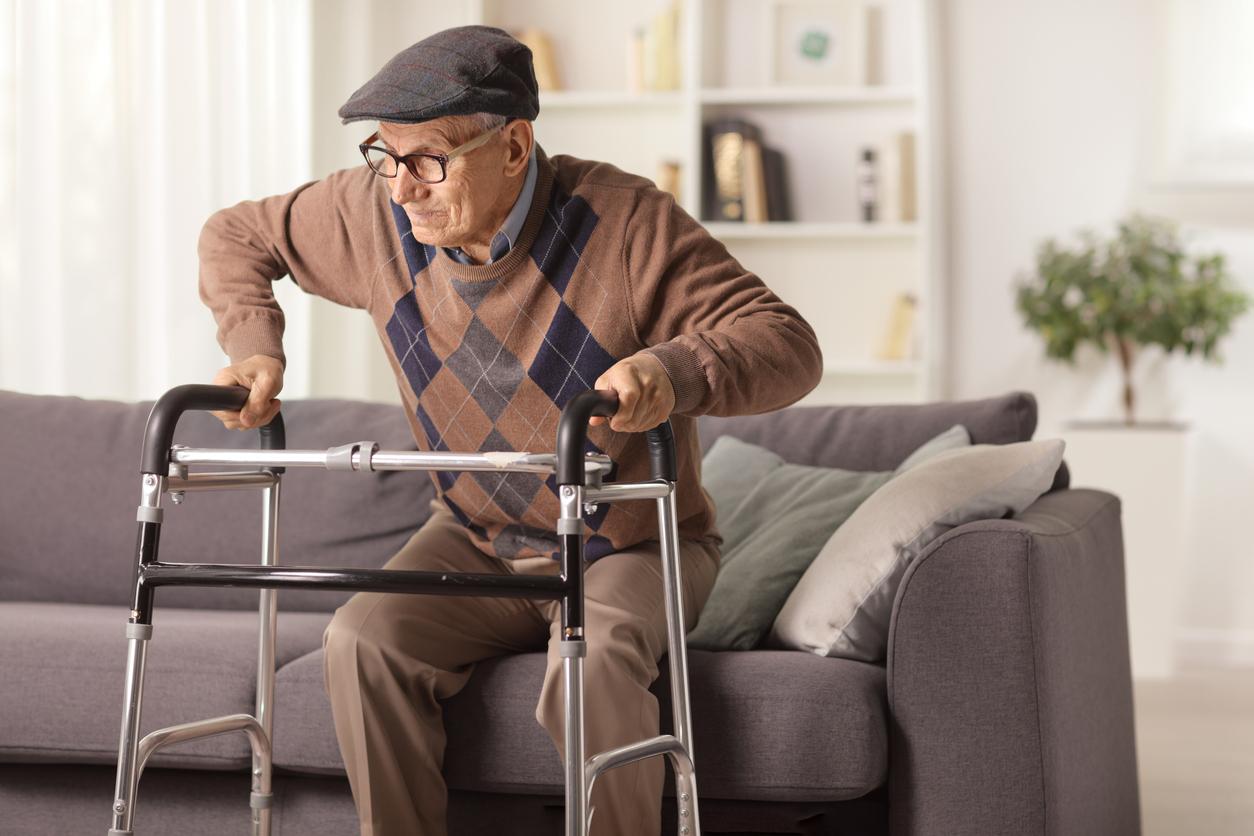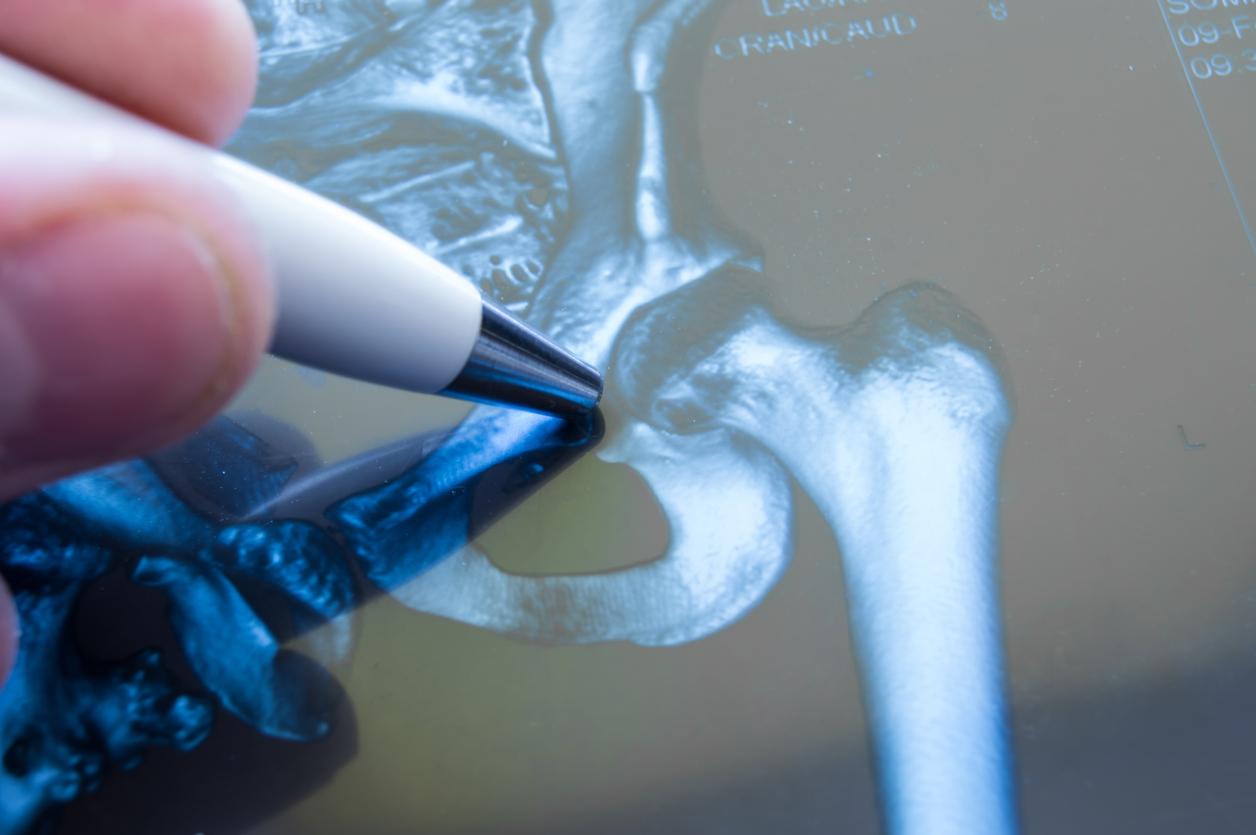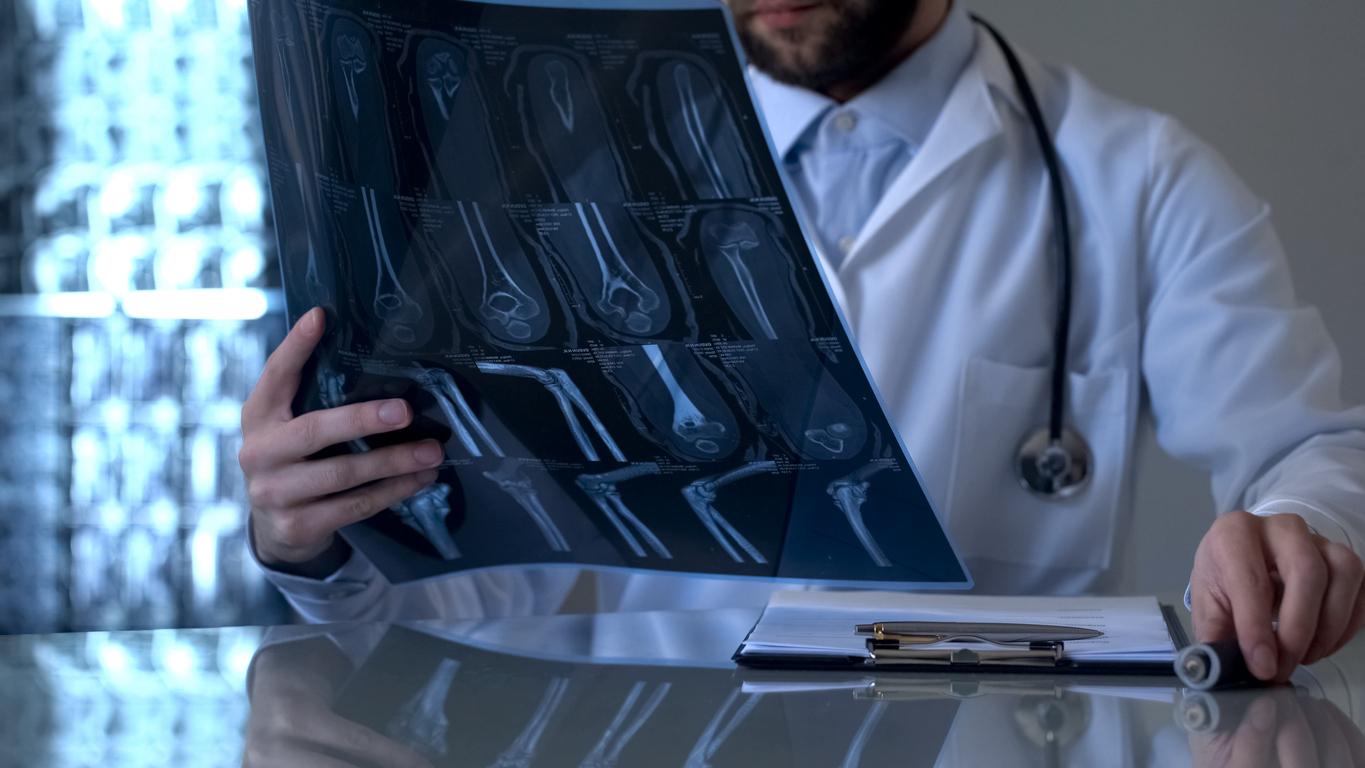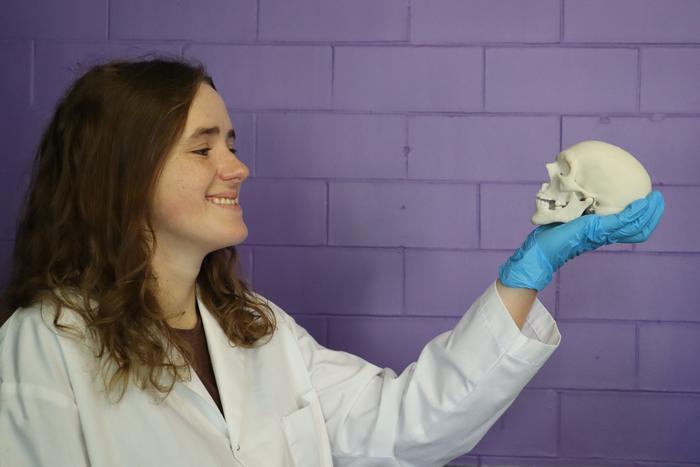Last May, a Brazilian research team published a study in Nature on the effects of oxytocin on osteoporosis leading to possible prevention.
-1597276945.jpg)
What if love protected bone health? This is the surprising conclusion reached by a Brazilian research team in their study published in May in the journal Nature. These scientists from the University of São Paolo (Brazil) noticed that the injection of oxytocin — a neuropeptide produced by the hypothalamus known for its role in social, maternal or romantic attachment — into female rats close to menopause alters the process of osteoporosis — a disease that weakens the entire skeleton. For these researchers, oxytocin administered shortly before the end of the fertility of the rats “reverses” the warning signs of osteoporosis such as the decrease in the density or the solidity of the bones, and the lack of substance which stimulates their training.
“Our research is interested in the primary prevention of osteoporosis, so we were interested in the physical process that takes place during premenopause. [période de transition hormonale préparant la ménopause, NDLR]. At this point in a woman’s life, steps can be taken to prevent brittle bones and fractures that cause a lower quality of life and shorten her life expectancy.explains Rita Menegati Dornelles, a researcher affiliated with the University of Odontology of Araçatuba. There is a lot of research on postmenopause, but the hormonal balance shifts sharply during perimenopause and they are then associated with the progressive decrease in bone intensity. More research is needed to support the prevention of osteoporosis during perimenopause, as the period after menopause accounts for almost a third of a woman’s life and should be of the highest quality possible.”
Oxytocin present in bone cells
In the study, scientists administered 2 doses of oxytocin 12 hours apart into the femoral necks of 10 female rats. These rodents are in a phase of perestropause, the human female equivalent of perimenopause. Thirty-five days later, the researchers analyzed blood and tissue from the femur and compared them with control rats aged 18 months, an extremely advanced age for laboratory rats which live an average of 3 years. The rats treated with oxytocin did not show any trace of osteoporosis compared to the control group. “Our results demonstrate that oxytocin helps modulate the bone remodeling cycle in senescent rats [engagé dans le processus de vieillissement des cellules, NDLR]. Animals that receive the hormone show an increase in biochemical markers associated with bone turnover and the expression of proteins that help bone formation and mineralization.” explains the researcher. Analysis of blood samples shows an increase in the activity of key markers in bone formation. “We notice that the region of the neck of the femur is more solid and less porous. its response to biomechanical compression is better, and its physico-chemical properties guarantee greater density”, she analyzes.
Oxytocin was discovered at the beginning of the XXand century, particularly during childbirth and breastfeeding, hence one of its names: “the hormone of attachment”. For a time, researchers thought it was only secreted by the hypothalamus [une région du cerveau, NDLR], but more recent studies challenge this idea. “It is also secreted by bone cells, and our research sheds light on its relationship to bone metabolism in women during the aging process.assures Rita Menegati Dornelles. Osteoporosis is more common in postmenopausal women. They generally tend to have less oxytocin in the blood plasma.” A hope of being able to better prevent this disease called to spread as the general aging of the population.
.















